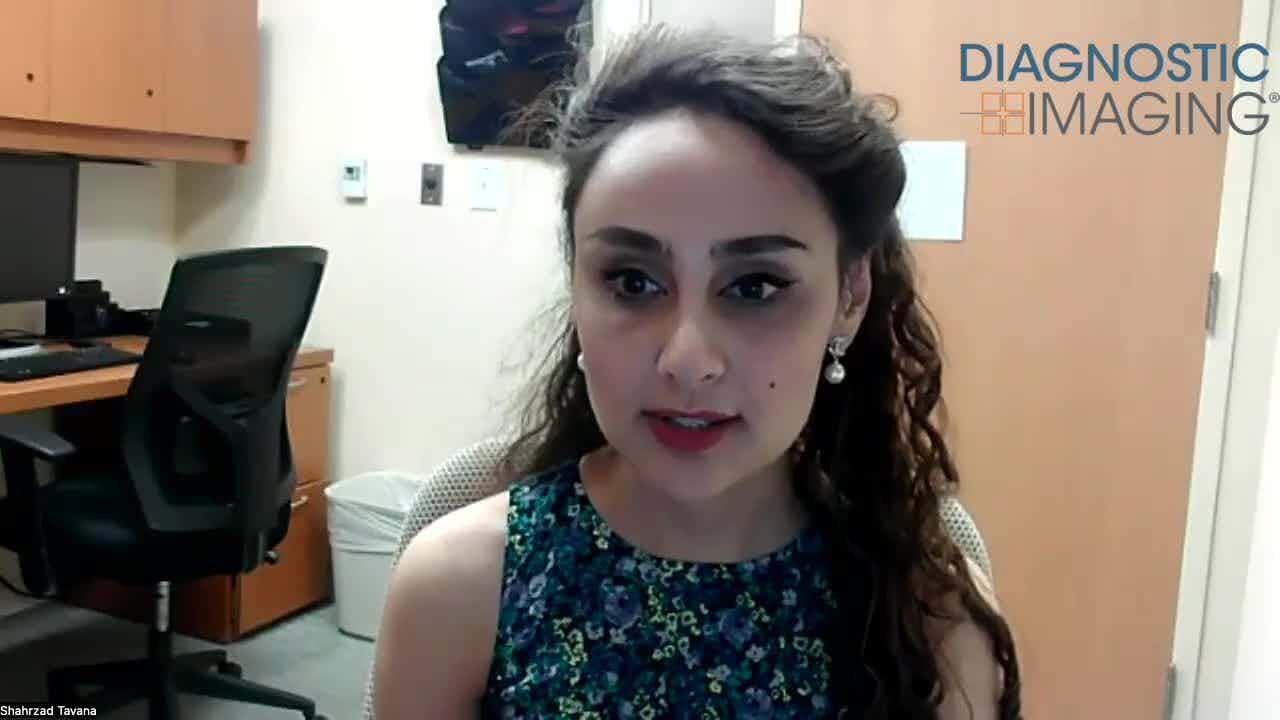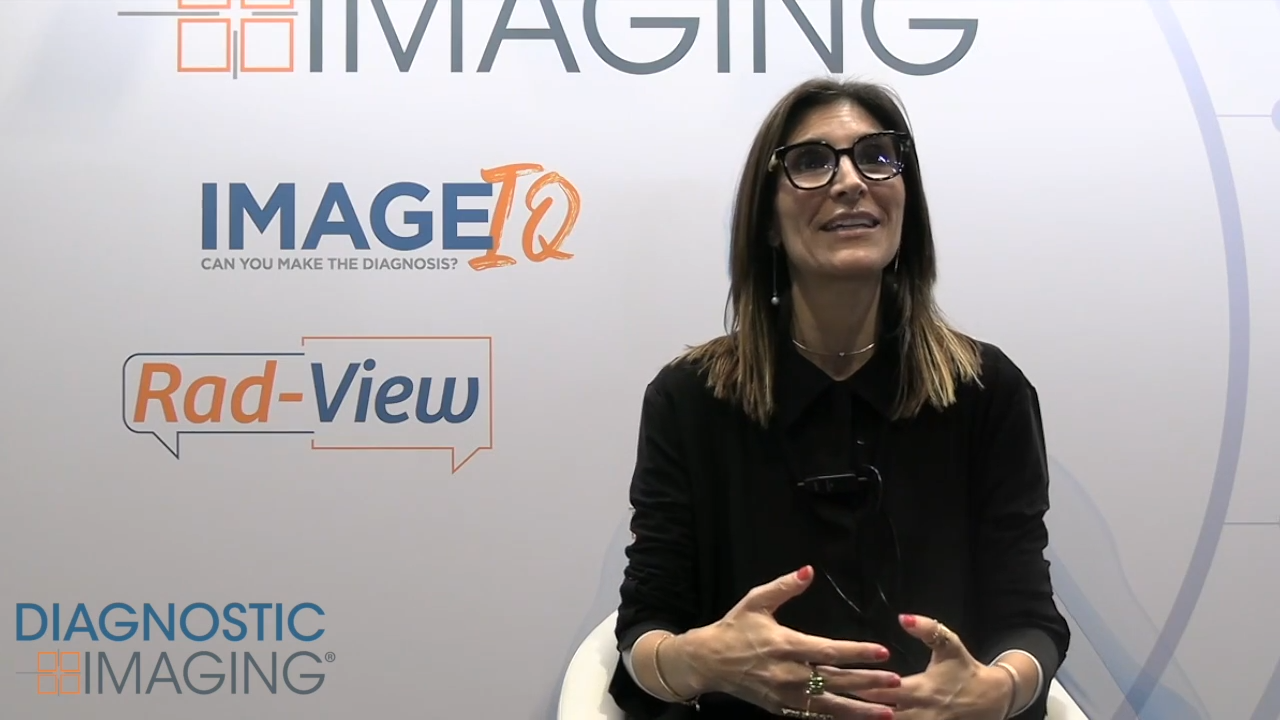Structured Reporting Superior for Shoulder MRI
Shoulder MRI reports preferable when provided in a structured report format.
Structured reporting of shoulder MRI improves the readability as well as the linguistic quality of radiological reports, according to a study published in European Radiology.
Researchers from Germany sought to evaluate the effect of structured reports (SRs) in comparison to non-structured narrative free text (NRs) shoulder MRI reports and potential effects of both types of reporting on completeness, readability, linguistic quality and referring surgeons’ satisfaction.
The study included 30 patients who had sustained trauma to the shoulder or who had suspected degenerative changes of the shoulder. All patients underwent shoulder MRI for further assessment and possible surgical planning. The NRs were generated during clinical routine and corresponding SRs were created using a dedicated template. All 60 reports were evaluated by two experienced orthopedic shoulder surgeons.
The results showed that 80% of the SRs were fully complete without any missing key features, compared with 45% of NRs that were fully complete. The extraction of information was regarded to be easy in 92% of the SRs and 63% of the NRs. The overall quality of the SRs was rated better than that of the NRs.
The researchers concluded that using structured reporting for shoulder MRI improves the readability as well as the linguistic quality of radiological reports, and potentially leads to a higher satisfaction of referring physicians.
Can Abbreviated MRI Have an Impact in Rectal Cancer Staging?
April 4th 2025Abbreviated MRI demonstrated a 95.3 percent specificity for rectal cancer and provided strong agreement with the full MRI protocol for T staging and detection of extramural venous invasion, according to newly published research.
Can Photon-Counting CT be an Alternative to MRI for Assessing Liver Fat Fraction?
March 21st 2025Photon-counting CT fat fraction evaluation offered a maximum sensitivity of 81 percent for detecting steatosis and had a 91 percent ICC agreement with MRI proton density fat fraction assessment, according to new prospective research.










